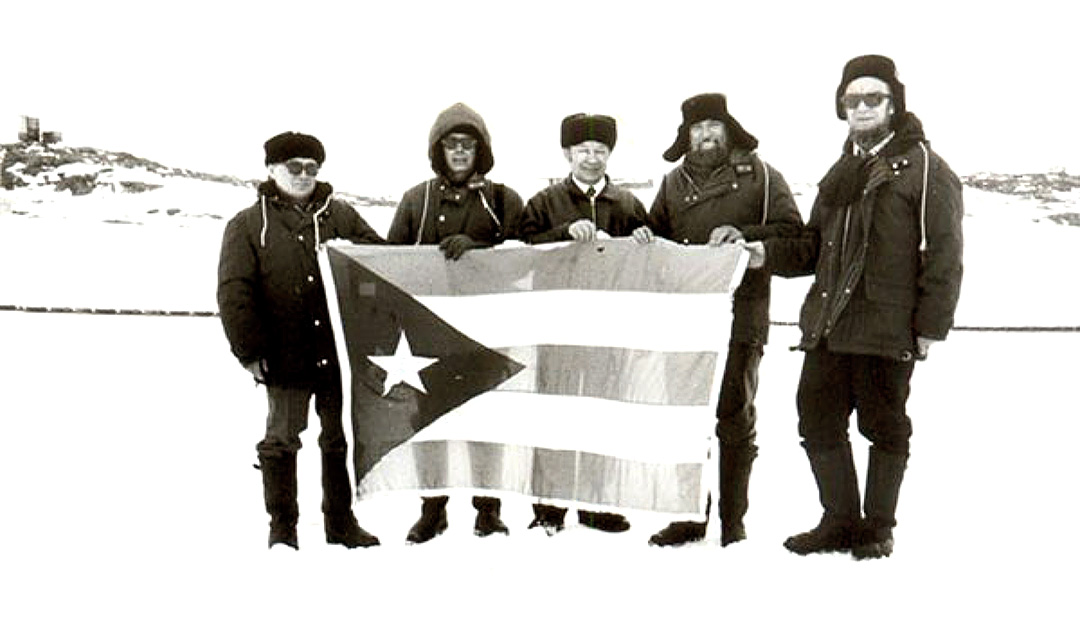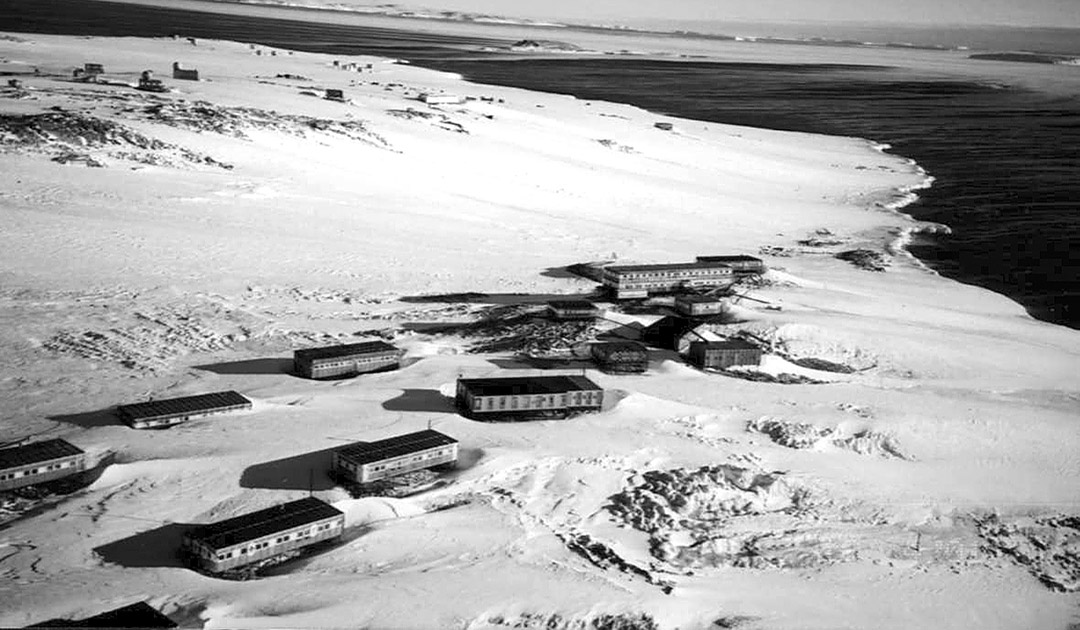
Cuba, the small Caribbean country is not exactly known for doing polar research. It has now been over 40 years since the first Cubans set foot in Antarctica. This prompted the Department of Meteorology of the Higher Institute of Technology and Applied Sciences (InSTEC) of the University of Havana to hold a ceremony in June 2022 to commemorate the three joint Cuban-Soviet expeditions. The expeditions took place from 1982 to 1985 at the now-closed Molodyozhnaya Station in Enderby Land, East Antarctica.

The first Cubans to arrive in this cold region were the geographer Doctor Julio Pérez, a specialist in radiolocation, and his colleague Valentín Fernández Martínez, an expert in environmental pollution.
Pérez and Martinez arrived at Molodyozhnaya Station on January 1, 1982, and were part of Soviet Expedition Number 28. Cuban scientists later participated in three other expeditions.

Molodyozhnaya Station was the Antarctic capital of the Soviet Union
On a reconnaissance trip along the coast with the diesel-electric icebreaker “Ob”, its crew had discovered Alasheyev Bay and the Thala Hills oasis. Here, on the southern shore of Alasheyev Bay, the Molodezhnaya station was established in February 1962, at an altitude of 42 meters above sea level.
The area around the station consists mainly of rocky ridges separated by snow-covered depressions and lakes. Lake Lagernoe was chosen as the main source of drinking water.
The sea near the station is covered with pack ice almost all year round. There are many icebergs in the area. By the end of winter, the pack ice has frozen to within 100 kilometers of the sea. The ascent to the Antarctic ice dome begins 1.5-2.0 km from the shore.
The climate is characterized by negative air temperatures throughout the year, with an average temperature of -11° C and frequent storms.

In Soviet times, the station Molodezhnaya transformed into the Antarctic capital, the main meteorological center and the headquarters of the Soviet Antarctic expeditions. The settlement counted more than 70 structures, including residential and office buildings, a mess hall, an altimeter station, an aerological building, a power plant, a radio center, and warehouses.
By the 1970s, Molodezhnaya had grown into one of the largest settlement and research facilities on the Antarctic continent, housing up to 400 seasonal employees.

Molodezhnaya station airfield was located 12 km away near Vechernyaya mountain and was capable of receiving heavy IL-18TD transport aircraft with wheel landing gear. In 1989, the station was largely decommissioned and since 2006 has hosted only a seasonal research team during the polar summer.
Heiner Kubny, PolarJournal
More on the topic





